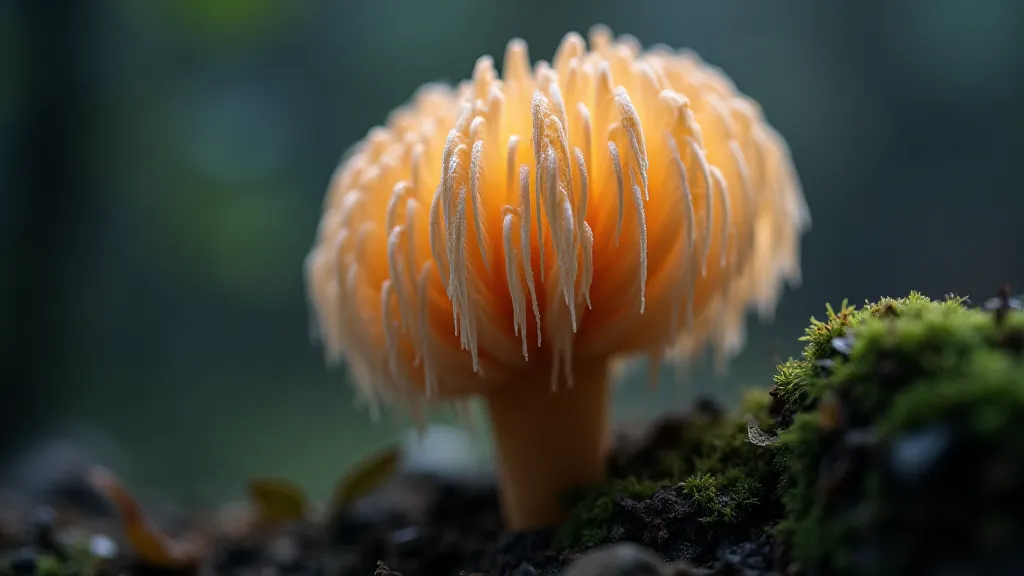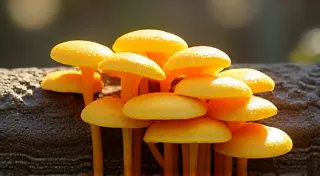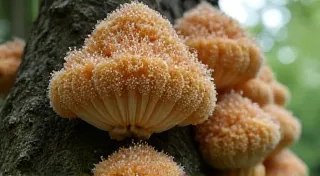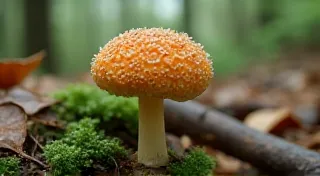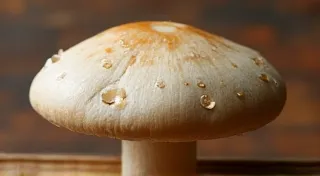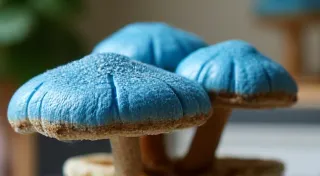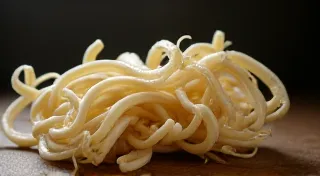The Silent Cartographers: Mapping the Undersoil – A Mycological Expedition
There's a melancholic beauty to an antique accordion, isn't there? The scent of aged wood and leather, the complexity of the bellows' mechanism – it whispers of a time when craftsmanship was an art form, and music was a more intimate affair. Holding one, you can almost hear the echoes of laughter and heartfelt songs, carried on the breath of past generations. Much like the intricate networks of fungi thriving beneath our feet, an accordion represents an interconnectedness – a system of valves, reeds, and keys working in perfect harmony to create something extraordinary. This same principle of interconnectedness, of subtle interactions leading to astonishing results, lies at the heart of understanding and replicating the magic of mushroom growing, particularly when venturing beyond the common varieties.

The Mycelial Network: Nature’s Cartographer
Beneath the familiar landscape, a hidden world pulsates with life. It's the mycelial network—an astonishingly vast and complex system of fungal threads that weaves through the soil, connecting plants and trees in a symbiotic dance. These aren’t just random strands; they’re the “roots” of fungi, but their role is far more profound. They act as a subterranean internet, facilitating the exchange of nutrients, water, and even information. Think of a forest as a single, interconnected organism, with the mycelial network as its circulatory system and communication network. This network guides the flow of resources, ensuring the survival and health of the entire ecosystem.
Mycorrhizal fungi, in particular, form a crucial partnership with plant roots. The fungi receive sugars produced by the plants through photosynthesis, while the plants benefit from the fungi’s ability to extract water and nutrients – particularly phosphorus and nitrogen – from the soil. It’s a mutualistic relationship honed over millennia, a testament to the power of cooperation in nature. To truly understand how to cultivate exotic mushrooms, we need to move beyond a purely technical understanding and appreciate the intricate ecological relationships that underpin their existence.
Beyond Button Mushrooms: Exploring Exotic Varieties
Most of us are familiar with the humble button mushroom, the portobello, and the cremini. But beyond these common varieties lies a breathtaking diversity of edible fungi, each with its unique flavor profile, texture, and ecological niche. Think of Lion’s Mane (Hericium erinaceus) with its delicate, seafood-like flavor; Chanterelles (Cantharellus cibarius), prized for their fruity aroma; or Morel mushrooms (Morchella esculenta), revered for their earthy, almost nutty taste. Cultivating these varieties is a challenge, but the reward – both gastronomical and intellectual – is immeasurable.
The key lies in mimicking the conditions under which these mushrooms thrive in the wild. This isn't just about temperature and humidity; it's about replicating the complex interplay of microorganisms, the quality of the substrate (the material the fungus grows on), and even the presence of other plant species. Many exotic mushrooms form mycorrhizal relationships, making them particularly difficult to cultivate without incorporating elements from their native ecosystems. This is where the concept of “wild-foraged elements” comes into play. For those new to the challenges of cultivating morels, a detailed guide on growing morel mushrooms can be a valuable starting point.
Emulating Nature’s Genius: The Art of Substrate Complexity
Traditional mushroom cultivation often relies on relatively simple substrates – things like straw, sawdust, or supplemented grain. While these can work for some species, they often fail to provide the nuanced conditions that exotic mushrooms require. Imagine trying to recreate the complexity of a forest floor in a sterile laboratory. It’s almost impossible – but we can strive to emulate it. This involves incorporating elements like leaf litter, forest duff (the layer of partially decomposed organic matter on the forest floor), and even carefully selected microorganisms from the mushrooms’ natural habitat.
For example, when cultivating Chanterelles, which have notoriously difficult cultivation, incorporating a small amount of mycorrhizal inoculum from a suitable host tree (like birch or oak) can significantly increase the chances of success. Similarly, when growing morels, adding sterilized wood chips from their natural environment, along with a diverse community of beneficial bacteria and fungi, can help to create a more hospitable environment for the mycelium to colonize. It’s worth noting that the intricacies of morel cultivation, from substrate selection to environmental controls, are often a significant hurdle for aspiring mycologists. Resources dedicated to growing morel mushrooms at home offer a wealth of practical advice and troubleshooting tips.
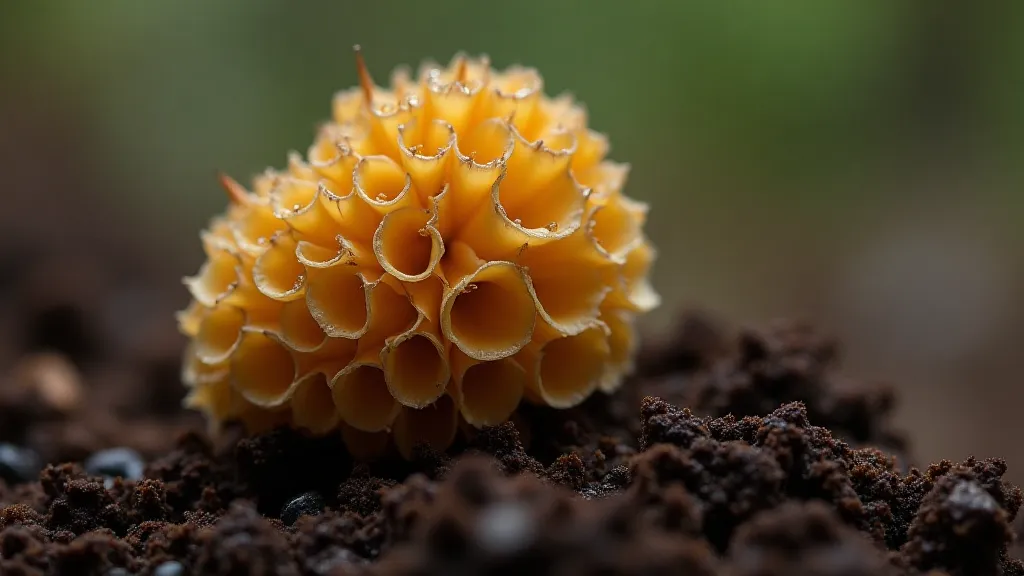
Understanding the Ecosystem: Beyond Simple Substrates
The shift from conventional cultivation methods to mimicking wild environments necessitates a paradigm shift in thinking. It's no longer about simply providing a food source for the mycelium; it's about creating an entire ecosystem that fosters its health and vitality. This involves understanding the complex interplay of various factors, including the microbial community, the chemical composition of the substrate, and the physical environment. A properly functioning forest floor is a dynamic and complex system, and attempting to replicate this in a controlled environment requires a deep understanding of these underlying principles.
Consider the role of beneficial bacteria and fungi in the natural environment. These organisms play a crucial role in decomposing organic matter, releasing nutrients, and creating a stable and supportive environment for the mycelium. When cultivating exotic mushrooms, it's often beneficial to incorporate a diverse community of these organisms into the substrate. This can be achieved by using wild-foraged elements, such as leaf litter and forest duff, or by adding sterilized microbial inocula.
Ethical Considerations and Sustainable Practices
As with any endeavor that involves interacting with nature, cultivating exotic mushrooms carries an ethical responsibility. It’s crucial to harvest wild fungi sustainably, ensuring that we don’t deplete natural populations or disrupt ecological balance. Collecting wild fungi should always be done with respect for the environment and in accordance with local regulations. Furthermore, when using wild-foraged elements in our cultivation practices, we must be mindful of the potential for introducing invasive species or disrupting existing ecosystems.
Sustainable cultivation extends beyond responsible harvesting. It necessitates a circular approach, minimizing waste and maximizing resource utilization. Utilizing spent substrate as compost or soil amendment closes the loop, preventing valuable resources from ending up in landfills. The principles of permaculture offer a holistic framework for designing sustainable mushroom cultivation systems that integrate seamlessly with the surrounding environment. Furthermore, selecting mushroom varieties known for their resilience and adaptability can reduce the reliance on synthetic inputs and promote ecological stability.
The Expanding Horizons of Mycological Innovation
The beauty of restoring an antique accordion isn’s just about making it functional again; it's about preserving a piece of history, celebrating craftsmanship, and appreciating the artistry of the past. Similarly, cultivating exotic mushrooms isn't just about producing delicious food; it's about understanding and respecting the intricate web of life that sustains us all. It’s about reconnecting with nature and appreciating the beauty and complexity of the world beneath our feet.
The Future of Mycological Cultivation
The field of mycology is experiencing a renaissance, with researchers and enthusiasts alike exploring new and innovative approaches to mushroom cultivation. From using advanced genetic techniques to identifying novel substrates and cultivating environments, the possibilities are endless. The integration of permaculture principles, the use of regenerative agriculture practices, and the development of closed-loop systems are all contributing to a more sustainable and ecologically sound approach to mushroom growing. Beyond morels and chanterelles, there's an entire world of fungal biodiversity waiting to be explored, including varieties like the strikingly beautiful pink oyster mushroom and the flavorful golden oyster mushroom. Research into utilizing agricultural waste streams as substrates is also gaining traction, offering a promising avenue for creating both a sustainable food source and a valuable resource for farmers.
Just as a master accordion craftsman meticulously selects each component, ensuring its quality and integrity, the modern mycologist must adopt a holistic and ecological perspective, recognizing that the success of our endeavors depends on our ability to understand and respect the natural world. The silent cartographers of the undersoil hold many secrets, and it is our responsibility to listen, learn, and cultivate with reverence and sustainability.
